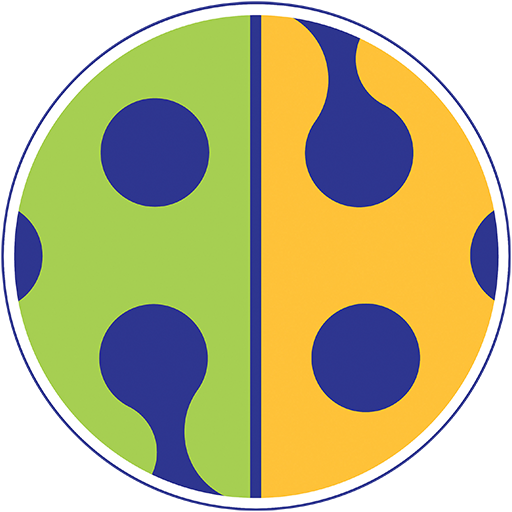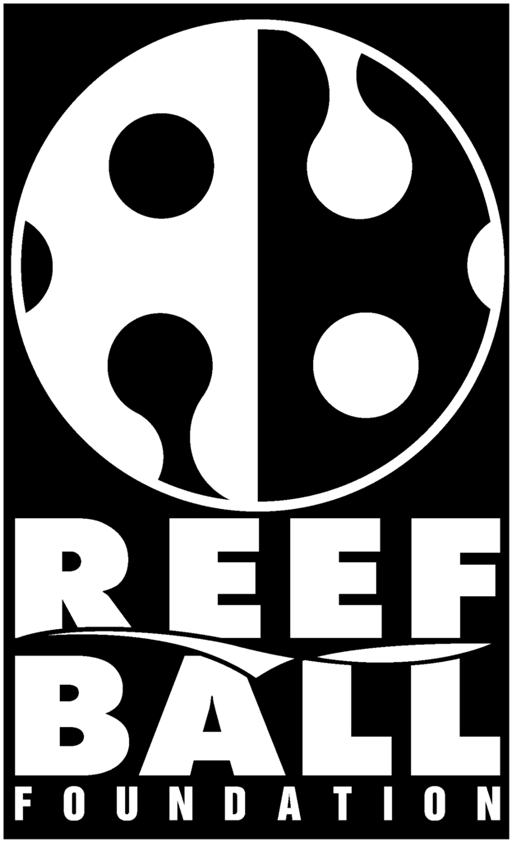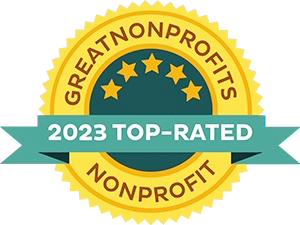
REEF BALL
—-
"We need to respect the oceans and take care of them
as if our lives depended on it.
Because they do."
~ Sylvia Earle

REEF BALL
![]()
aquatic preservation education designed reef & related ecosystems
Take a Three Minute Tour of What We Do.
who we are
The Reef Ball Foundation is an international non-profit foundation whose mission is to rehabilitate and protect our world's ocean ecosystems through the development and use of ecologically sound-designed reefs and related systems. We emphasize on-going research, public education, community involvement, and reefs that promote and support natural species diversity and population density.
designed reefs
World ocean systems are at a tipping point and one stark indicator is a worldwide decline of reefs. Sadly, 20% of the world's coral reefs have effectively been destroyed and it's estimated that 24% of the remaining are under imminent risk. A further 26% are under longer-term threat of collapse.
Reefs matter for us and for the environment in countless ways and designed reefs are useful tools for restoring our reefs and related systems to a natural and productive balance.
why reef balls
Reef Balls are the world's leading designed artificial reef modules because they are simply the most effective way to create sustainable aquatic habitat and achieve it in a safe, long term, environmentally compatible way.
Reef Ball modules are designed to mimic natural reefs. These basic modules and related adaptations using Reef Ball technology are the backbone of our restoration and protection efforts and are by far the most-used and recognized designed reef structure in the world. Reef Balls are ideally suited for a wide-range of aquatic habitats even when used in engineering applications.
Find out how reef Balls are used, about their success and what you can do with Reef Ball and in your everyday life to help.
.
![]()
FEATURED PROJECT UPDATES
see archived projects here
Prize-Winning Research for Students
New Haven, Connecticut
May, 2023
Students at the Sound School have initiated a project to restore the oyster population in New Haven Harbor. With technical aid and material donations from the Reef Ball Foundation, the students built, seeded, and deployed the first of 100 proposed Reef Balls in order to restore native oyster communities, improve water quality, and to perform research on such projects. This month, two students - Anja Nikkel and Brendan Connors - presented at a conference of the New England Estuarine Research Society on oyster density, size, and distribution, as well as biodiversity in the surrounding water and won the society’s Rankin Prize for Undergraduate Oral Presentation.
Fishing Practices Reformed
Masbate, Philippines
May 24, 2023
The Regala brothers practiced illegal dynamite fishing from 1980 to 2016. “We detonated on coral beds, which are the habitat of fish,” he said. They still venture into the sea, but now as its protectors. Since 2017 the Reef Ball Foundation and local industry have placed 3,993 Reef Balls planted with 52,000 coral fragments within the Masbate Marine Protected Area with hundreds more planned and local fishermen have been hired to be sea guards. ”We do not allow any fishermen to enter and catch fish within the declared marine protected area. The fish are back. The corals are also reviving,” Joecil Regala said, who, with his brothers, see protecting the seas as a legacy of wealth for their descendants.
Freshwater Habitat Renewal
Richmond River - New South Wales, Australia
May 24, 2023
In a first of its kind project in the Richmond River, OzFish Unlimited’s Richmond River Chapter has deployed 24 Reef Balls in Emigrant Creek to provide habitat for bass along a critical breeding ground. Richmond Chapter member Tim Knox and his brother deployed the Reef Balls by crane. Projects like these are crucial to returning the river to its former glory.
Noah's Reef Grows
Magothy River Association, Magothy River, Maryland
April 4, 2023
Since the death of 14-year-old Noah Anderson in 2019, the Dobbins Island reef site has been affectionately known as Noah’s Reef because of his deep love for being on the water with his family in Cape St. Claire. Originally about 50-by-50-ft when first loaded with Reef Balls in 2003, the site has expanded to 400-by-800-ft. About 175 new oyster Reef Balls made by area residents, Eagle Scouts, and students were deployed in March. Paul Spadaro, president of the Magothy River Association said, “This is a win, win, win. A win for CCA’s LRAC program, a win for MRA efforts to restore oyster and fish habitat, and a win for recreational fishermen in the upper Bay.” And for those who loved Noah.


 impact
impact our work
our work
